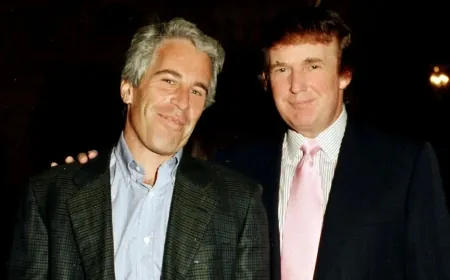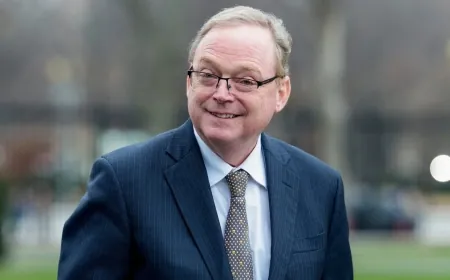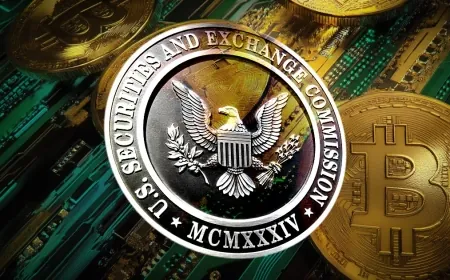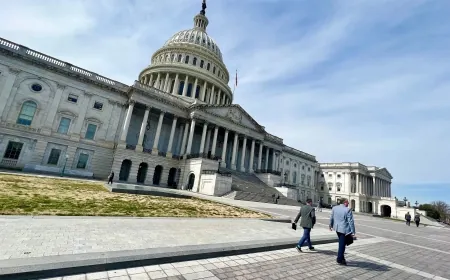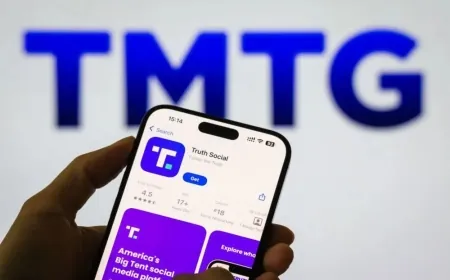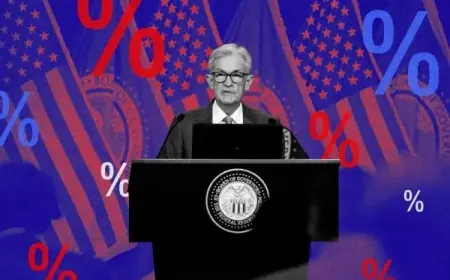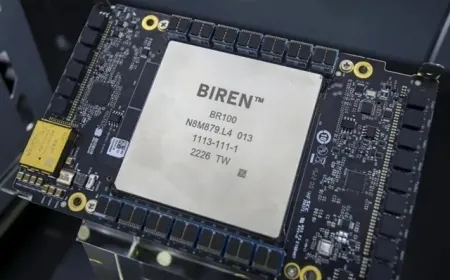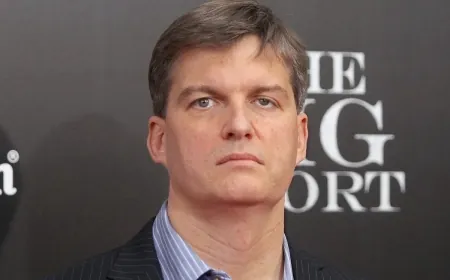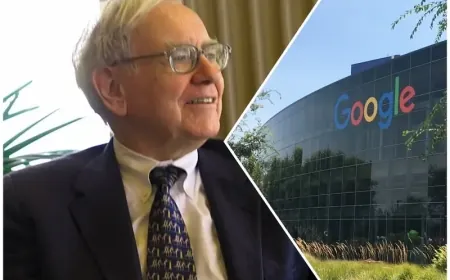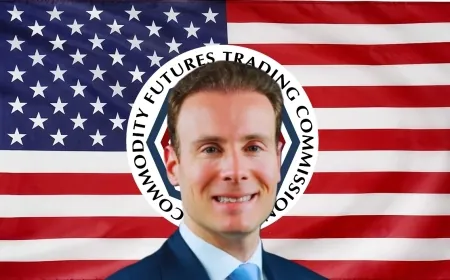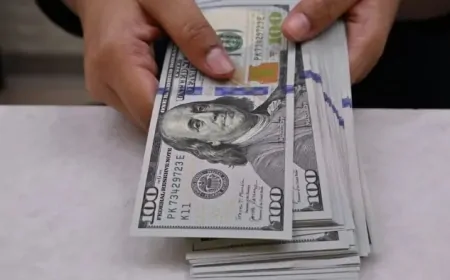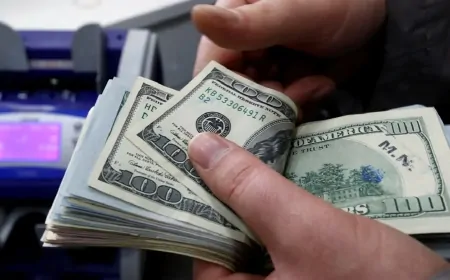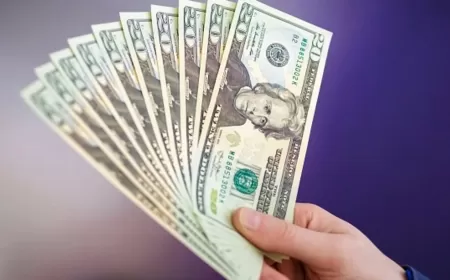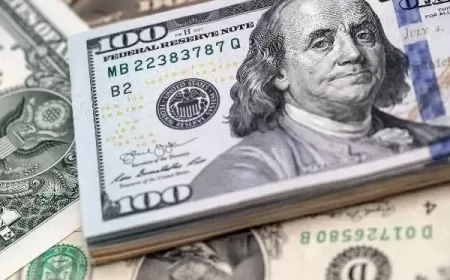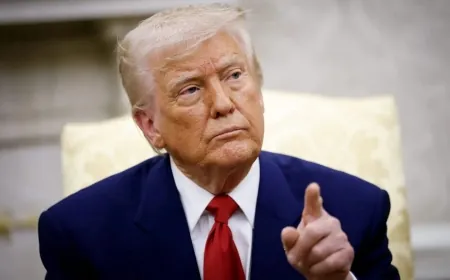Trump Set to Remove Fed Chair Powell Over Spending Dispute
President Trump is preparing to remove Fed Chair Jerome Powell, citing a $2.5 billion renovation project. A draft dismissal letter is circulating.
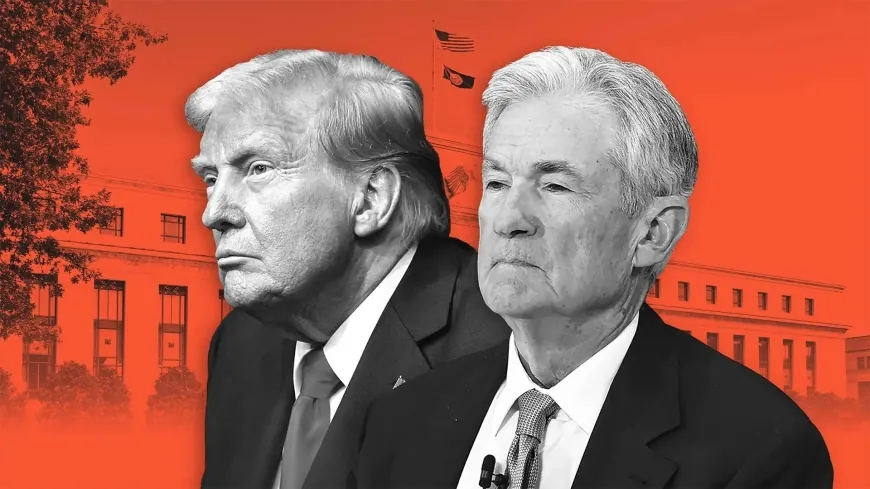
President Trump is preparing to remove Federal Reserve Chair Jerome Powell, intensifying his long-standing clash with the central bank.
According to multiple officials with direct knowledge, Trump reviewed a draft dismissal letter this week during a private Oval Office meeting with House Republican leaders. Lawmakers present say Trump raised the possibility of immediate action and shared a copy of the document outlining Powell’s termination as Fed chair.
Hearing Jerome Powell is getting fired! From a very serious source. ???? — Anna Paulina Luna (@realannapaulina) July 16, 2025
Trump’s frustrations with Powell are not new, but recent events have brought them to a breaking point. The president has zeroed in on the Fed’s ongoing $2.5 billion renovation of its Washington headquarters, questioning whether Powell concealed the scope of the project from Congress during recent testimony.
Speaking to reporters on Tuesday, Trump criticized the renovation, calling it wasteful and citing it as grounds for dismissal.
Search for a Replacement Already in Motion
Behind the scenes, the White House is already evaluating replacements.
Top contenders include:
-
Kevin Hassett, National Economic Council director
-
Kevin Warsh, former Fed governor
-
Christopher Waller, currently serving on the Fed board
Treasury Secretary Scott Bessent has also been mentioned, though Trump has indicated he prefers to keep Bessent at Treasury due to ongoing market and trade priorities.
Legal Fight on the Horizon
Powell’s term as chair runs through May 2026. His seat on the Federal Reserve Board of Governors lasts until 2028.
Federal law permits removal of Fed board members “for cause,” but that language has rarely been tested in court. Dismissing a Fed chair over management decisions or policy disagreements would likely trigger litigation, forcing courts to decide how much control a president has over the central bank.
A Supreme Court ruling from May reaffirmed the Fed’s unique legal status, distinguishing it from other agencies where recent presidents have had broader dismissal powers.
Inside Congress and Wall Street: Quiet Support, Private Warnings
Trump’s plan to remove Powell has triggered a mix of enthusiasm and caution inside Republican circles. Some House conservatives have encouraged the president to move ahead, telling aides privately they believe Powell’s policies have slowed growth and undermined White House trade efforts. Others, including GOP members on the House Financial Services Committee, are urging the president to consider the long-term risks of politicizing the Fed.
During a meeting with the committee on Wednesday night, Powell defended the central bank’s renovation project but faced direct questions about why the Fed did not disclose the full cost earlier. Lawmakers described the exchange as tense but controlled. Powell did not raise the topic of his possible removal, and no one in the room asked him about it directly, according to two people briefed on the meeting.
The focus has shifted from rate expectations to leadership risk. Trading desks are preparing for scenarios that could involve a court battle, a leadership vacuum, or a rapid nomination fight in the Senate. Some fund managers are adjusting positions now, rather than waiting for a formal announcement, citing uncertainty over who might lead the Fed by the fall.
No Fed Chair Has Ever Been Removed Mid-Term
If President Trump follows through with removing Powell, it would mark the first time in modern U.S. history that a sitting Federal Reserve chair has been dismissed before the end of their term.
Past presidents have clashed with Fed leaders, but none have taken this step. In the 1970s, President Nixon privately pressured then-Fed Chair Arthur Burns to ease monetary policy ahead of the 1972 election but never attempted to fire him. Lyndon Johnson famously summoned Fed Chair William McChesney Martin to his Texas ranch in 1965 to demand lower rates, but Martin stayed on for another five years.
Even Ronald Reagan, who disagreed with Paul Volcker’s tough interest rate policies in the early 1980s, ultimately reappointed him.
The Federal Reserve Act gives the president the authority to remove members of the Fed board “for cause,” but the law is vague on whether policy disagreements or project management decisions qualify. Legal scholars say the term has typically been interpreted to mean clear misconduct, not monetary policy differences or administrative spending disputes.
If Trump removes Powell, the courts may need to decide whether the central bank’s independence is still protected under longstanding precedent—or whether the White House can exert new levels of control over monetary policy.
Also Read: Trump Allies Target Powell Over Fed’s $2.5 Billion Office Upgrade, Talk of Removal Grows
